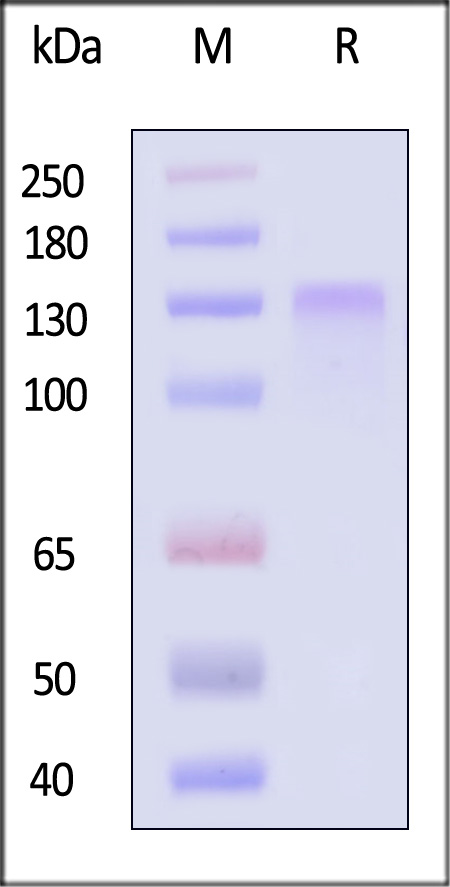
Human LDL R, His Tag on SDS-PAGE under reducing (R) condition. The gel was stained overnight with Coomassie Blue. The purity of the protein is greater than 90%.
Human LDL R Protein, His Tag (MALS verified)
LDR-H5224
Product group Proteins / Signaling Molecules
Product LDR-H5224 is not available
Product not available
There may be an alternative product available, please contact our technical support team.
Overview
- SupplierACRObiosystems
- Product NameHuman LDL R Protein, His Tag (MALS verified)
- Delivery Days Customer4
- CertificationResearch Use Only
- UNSPSC12352202

